Introduction
A 750W eBike can reach speeds between 20 and
28 mph under the best conditions. These bikes work well for city trips and fun rides alike. This article explains what affects your eBike's top speed, including how much you weigh, where you ride, battery health, and settings. We share technical details, real riding stories, and up-to-date legal rules to help you get the most from your bike while staying safe. The 750W motor is popular because it works well in cities and on light trails. Your experience will change based on personal factors and your surroundings. We have collected information and firsthand accounts that show how powerful, efficient, and reliable these bikes are. In the next sections, we cover tech specs, performance numbers, and important legal requirements for safe riding in different areas. Whether you're comparing stats or thinking about changes to your bike, this guide helps you understand what to expect from a 750W eBike. We aim to give you accurate information with expert knowledge so both new riders and experts can make smart choices.
Understanding the 750W Motor
The 750W rating shows how much power the motor can give to help you speed up and climb hills. Wattage measures power and tells you how fast your eBike can reach top speed and how well it handles slopes. A 750W motor gives you good speed and more pulling power than weaker motors.
This power level hits the sweet spot between performance and battery life. With a 750W motor, you'll notice extra help on steep hills where you need more force to climb. For daily city riding with lots of stops and starts, the extra power ensures your bike works well at different speeds and loads.
People like
750W eBikes because they balance power and efficiency. They perform well for city trips without using up the battery too quickly like stronger motors might. Many riders say a 750W motor gives a smooth ride with a nice kick when speeding up or climbing medium hills. Riders report that while some pedaling helps, the throttle and pedal assist provide enough extra power for easy city travel. This size motor also follows many local laws, making it good for both fun rides and daily commutes in many places.
Factors Affecting eBike Speed
The real-world speed of a 750W eBike depends on many factors. Understanding these can help you get the best ride possible.
Rider Weight and Fitness
How much you weigh greatly affects how fast your eBike can go. A heavier person needs more power to speed up and maintain high speeds. Your fitness level and how hard you pedal can either help the motor or reduce its effect. Lighter riders often speed up faster and reach top speeds more easily.
Terrain and Road Conditions
The surface you ride on strongly affects your speed. On flat, smooth roads, a 750W eBike can reach close to its top speed of 28 mph. Hills or rough paths slow you down as the motor uses power to climb or handle bumps. Weather like strong winds or wet roads can also affect grip and speed.
Battery Capacity & Voltage
Battery condition is key for getting the best performance from your motor. A good battery with stable voltage gives the motor steady power for quick speed-ups. As the battery gets low, voltage drops can lead to slower speeds. Regular battery care and timely charging help maintain your eBike's top performance.
Motor Controller and Pedal Assist Settings
The settings in your eBike's electronics also affect speed. The motor controller limits power output to stay within legal speed limits. Pedal assist levels can be changed to balance battery life and speed. Throttle settings can change how quickly the bike reaches top speed, affecting both acceleration and cruising speed.
Below is a table summarizing how each key factor impacts eBike speed:
| Factor |
Influence on Speed |
Typical Impact |
| Rider Weight & Fitness |
Heavier riders may slow acceleration |
Lighter riders reach 28 mph more readily |
| Terrain & Road Conditions |
Smooth, flat surfaces maximize performance |
Hilly/rough terrains reduce top speed |
| Battery Capacity & Voltage |
Stable voltage sustains power output |
Low voltage leads to diminished performance |
| Motor Controller & Pedal Assist |
Regulates power and maximum assist speed |
Customizable based on rider preference and legal limits |
Performance Analysis and Real-World Expectations
In ideal conditions, a 750W eBike can reach up to 28 mph with pedal assist and about 20 mph using only the throttle. Tests from many sources confirm these speeds, showing steady increases when powered by a good motor and healthy battery.
Comparing throttle-only use with pedal assist shows that pedal assist offers a smoother ride, letting you use both motor power and your own effort. In real situations, riders report that starting on flat pavement leads to steady speeds near the upper limit when conditions stay good.
Tests on city streets show that small changes in terrain and partially drained batteries usually result in speeds between 20 and 26 mph rather than the full 28 mph. Despite these changes, the responsiveness and pulling power of the 750W motor remain consistent for a good riding experience.

Actual user reports confirm that while environment and battery life matter, the engineering of 750W systems provides enough power to handle common city obstacles well. This balanced performance is why these bikes are often suggested for daily commutes and short fun rides.
Legal Regulations and Safety Guidelines
Knowing and following eBike laws is important for safe riding and staying legal. In the United States, federal and state laws often limit eBike motors to 750W and cap assisted speeds at
20 mph for throttle-only bikes (Class 1 and 2) and up to 28 mph for Class 3 models with pedal assist. Many European countries have stricter speed limits—usually around 25 km/h (15.5 mph) with motor help. These differences mean you should check local laws before buying or changing an eBike.
For example, in California under Vehicle Code Section 312.5, eBikes must stay under 750W and cannot go faster than 28 mph on flat ground when using pedal assist. Breaking these rules can make your eBike count as a moped or motor vehicle, requiring extra licenses and registration.
Other safety rules include wearing helmets, using lights when visibility is poor, and following bike lane rules. The types of eBikes (Classes 1, 2, and 3 in the U.S.) explain where each kind can go, showing that following these rules is both legally required and vital for safety.
Overall, careful compliance with these rules helps avoid legal problems and ensures that the fun of riding a fast eBike stays safe. This balanced approach to performance and legal compliance is key for the best riding experience.
Unique Enhanced Analysis and Visual Comparisons
A deeper look at 750W eBike performance compares possible speed with real-world limits. This table shows key factors and how they affect top speed:
| Influencing Factor |
Theoretical Impact |
Practical Observation |
| Motor Power (750W) |
Up to 28 mph with pedal assist |
Typical range 20-28 mph, depending on conditions |
| Battery Health |
Allows consistent power output |
Degradation lowers peak speed |
| Rider Weight |
Minor effect on acceleration |
Heavier riders may see slightly lower speeds |
| Terrain |
Flat surfaces maximize performance |
Hills and rough road surfaces reduce speed |
| Controller Settings |
Determines assist levels |
Custom settings can raise or lower the speed limit |
| Environmental Conditions |
Ideal conditions yield peak speed |
Wind, temperature, and road conditions may vary |
Picture this: two riders on identical 750W eBikes start on a flat city street with full batteries. Rider A weighs 160 lbs, and Rider B weighs 220 lbs, both using maximum pedal assist. Rider A consistently reaches 28 mph, while Rider B stays around 25 mph because of the extra weight. On a medium hill, both slow down, but the strong pulling power of the 750W motor ensures neither goes much slower than expected.
Changes to the bike, like adjusting the motor controller, can boost performance temporarily, but must stay within legal speed limits. Performance tuning must always follow legal rules and safety standards to avoid the eBike being reclassified as a motor vehicle. This analysis confirms that while engineering specs allow high speeds in theory, real-world conditions and laws shape the actual riding experience.
Maintaining and Optimizing Your eBike Performance
Keeping your 750W eBike running well requires regular maintenance and care of its parts. Routine checks on the motor, battery, and wiring help ensure power delivery stays strong and efficient.
Regular battery tests and charging cycles make sure the voltage stays high enough for top speeds. Cleaning and oiling mechanical parts, like the chain and brakes, not only improves efficiency but also makes high-speed travel safer.
Optimizing performance also means checking that electronic controller settings are properly adjusted. Riders should regularly review and change pedal assist and throttle sensitivity to match riding conditions and personal likes. Following the manufacturer's guidelines for updates and maintenance schedules can help prevent unexpected drops in performance.
A monthly maintenance plan should include checking tire pressure, brake condition, and battery charge cycles. Seasonal tune-ups are highly recommended, especially before periods of heavy use. We suggest recording performance metrics like speed-up times and top speed under similar conditions, as this information can help determine when maintenance is needed or if performance adjustments would help.
These practices not only make your eBike last longer but also ensure every ride is as smooth and powerful as the first. It's important to balance performance optimization with legal compliance, meaning any changes should always respect local rules and keep safety as the top priority.
Conclusion and Final Recommendations
In summary,
a 750W eBike can reach speeds of 20–28 mph, with performance affected by rider weight, terrain, battery condition, and electronic settings. While technical adjustments can improve performance, legal speed limits and safety guidelines remain essential.
We encourage buyers and riders to maintain their bikes regularly and stay up to date on local laws. Safe riding and monitoring performance ensures a reliable and fun experience. For more details on local rules, do further research and talk to experts. Following these practices will help you get the most from your eBike while ensuring it stays legal and lasts longer.
By understanding the technical aspects, legal framework, and practical performance tips, riders can confidently navigate city streets and off-road trails alike. Happy riding and stay safe!
1. How fast can a 750W eBike legally go in the United States?
- Class 1 & 2 eBikes: Up to 20 MPH with throttle only
- Class 3 eBikes: Up to 28 MPH with pedal assist
2. What factors affect a 750W eBike's top speed?
- Rider weight and fitness level
- Terrain and road conditions
- Battery health and voltage
- Weather conditions and wind resistance
3. Do all 750W eBikes reach the same top speed?
- No, actual speeds vary based on manufacturer settings, controller limitations, and local regulations
- Most achieve 20-28 MPH under optimal conditions
4. How can I maintain my 750W eBike's maximum speed performance?
- Regular battery maintenance
- Proper tire pressure
- Clean and lubricated drivetrain
- Scheduled controller optimization
5. Are there different speed limits for 750W eBikes in Europe vs. the US?
- Yes, European limits are typically 15.5 MPH (25 km/h)
- US limits go up to 28 MPH for Class 3 eBikes





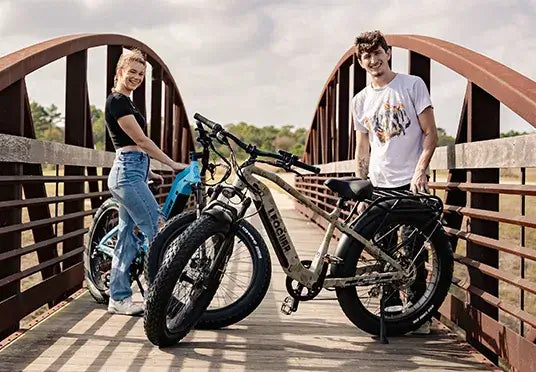
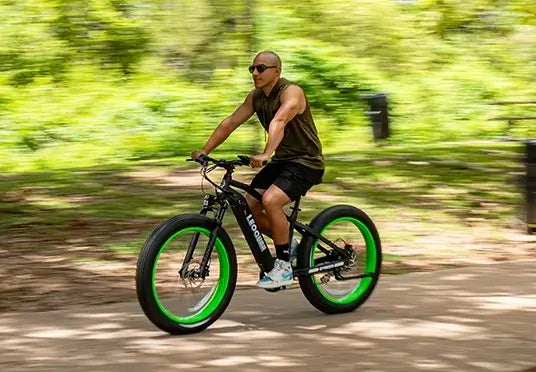
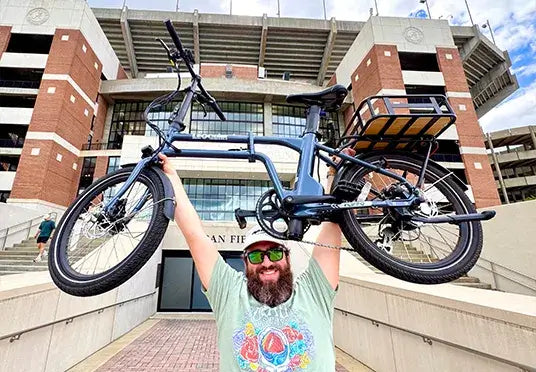
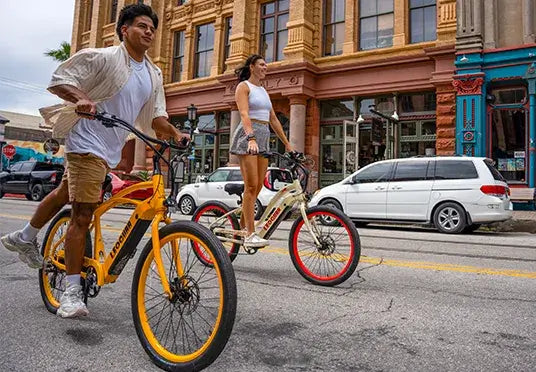
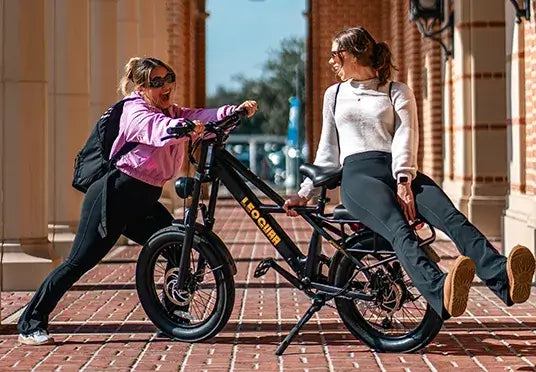
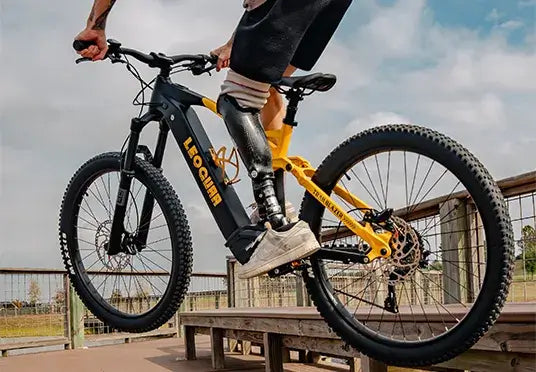

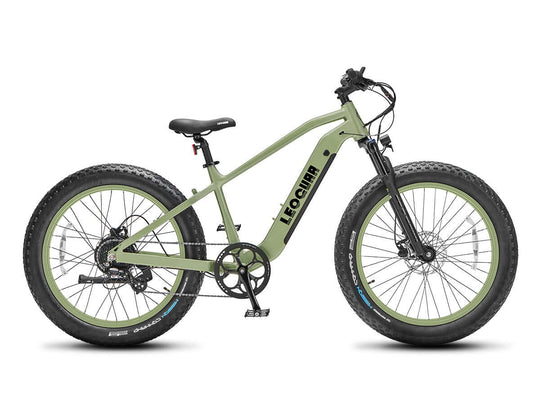
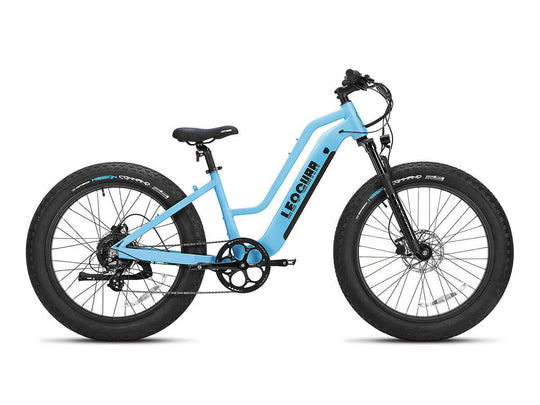
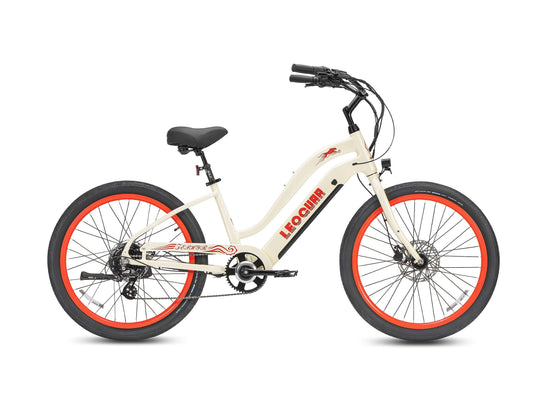
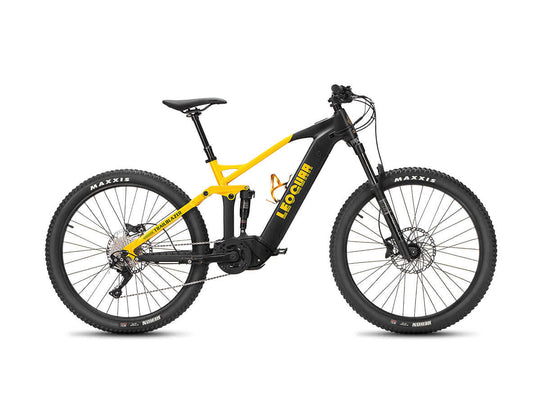
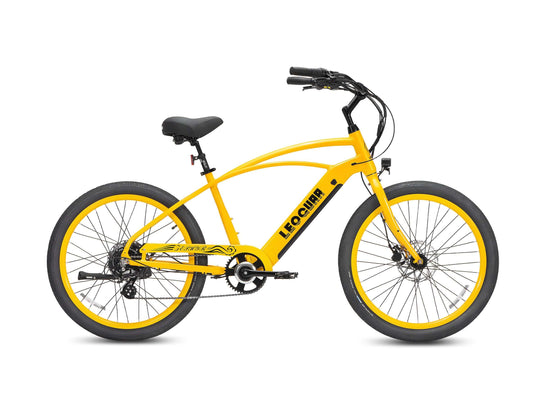
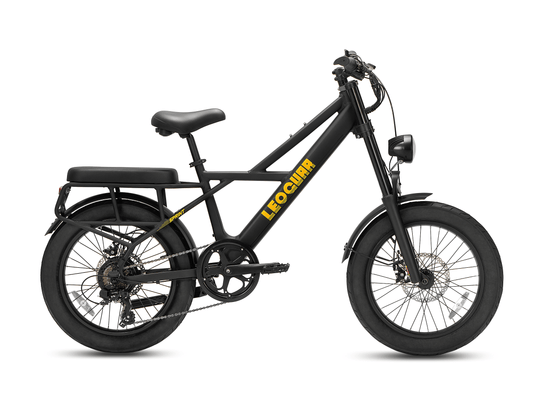

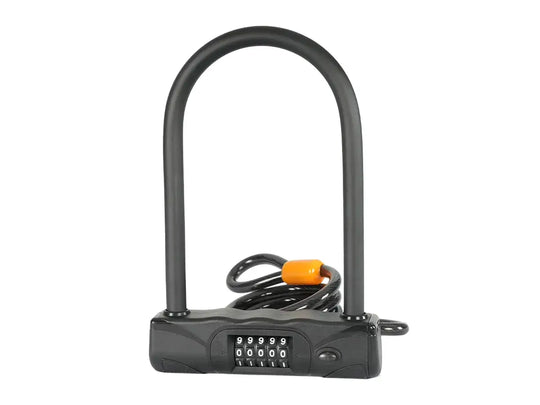
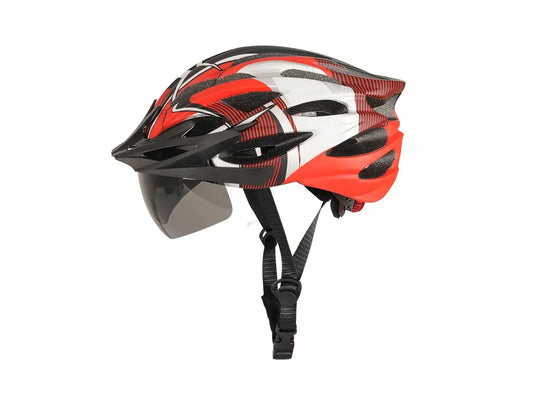
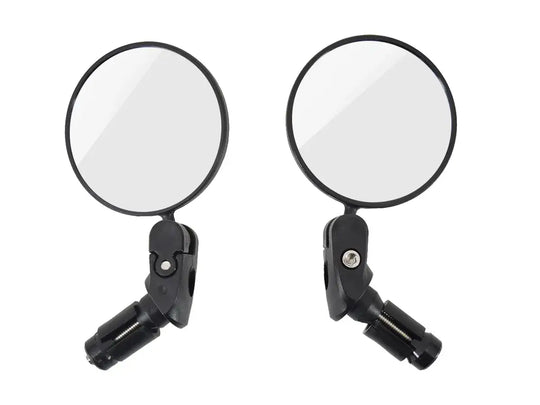

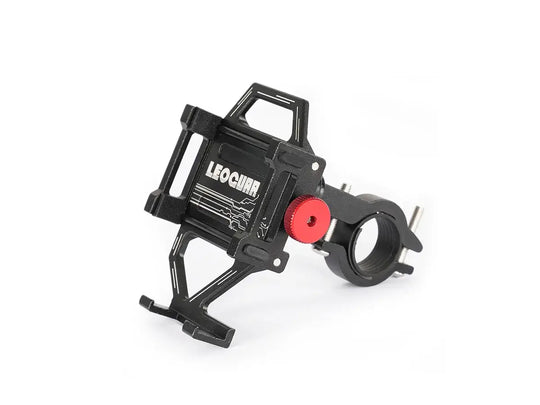
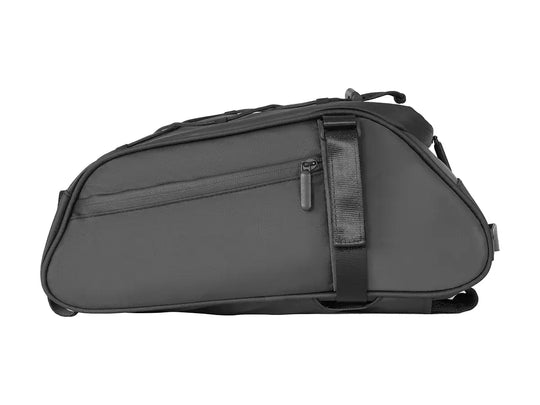
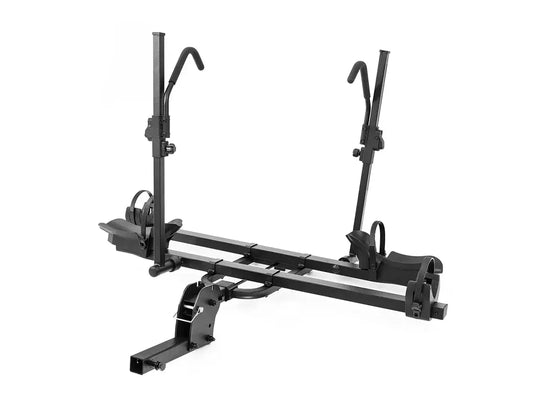
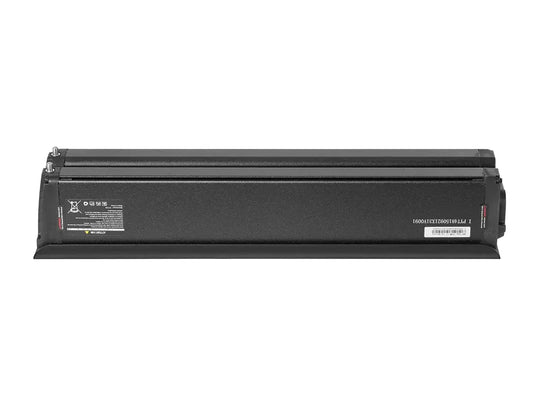
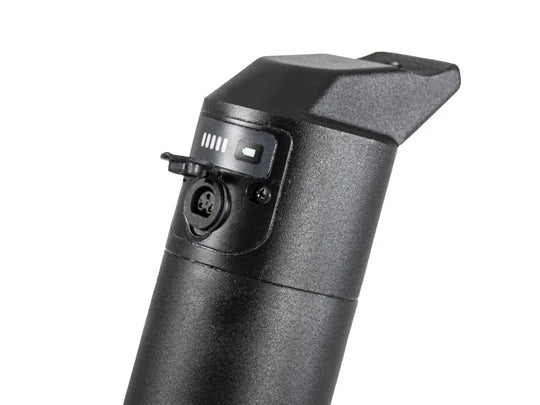
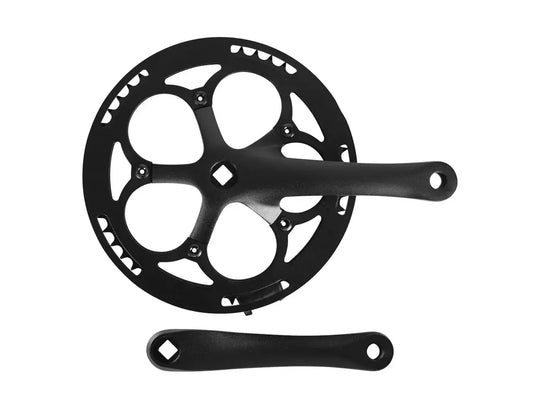
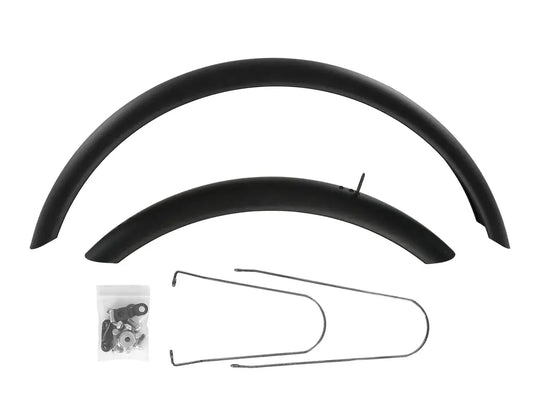
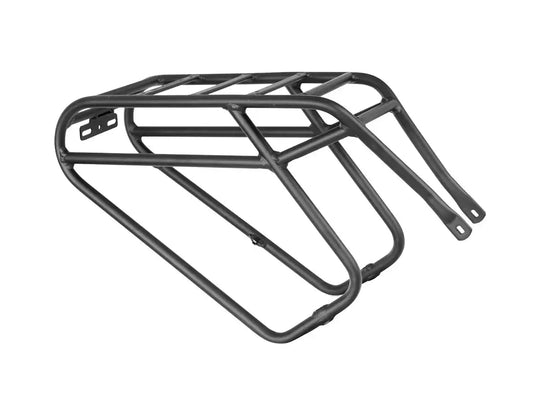
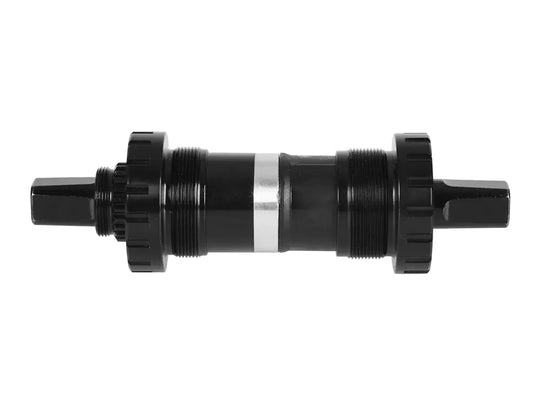
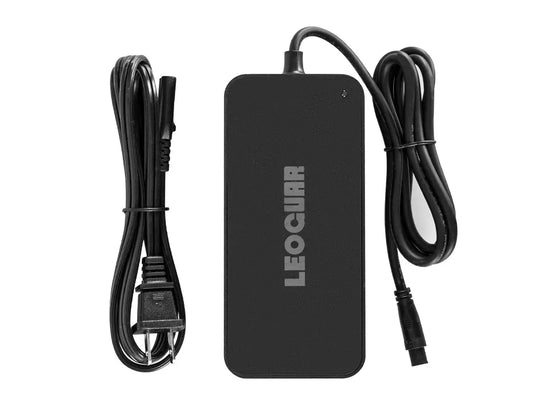
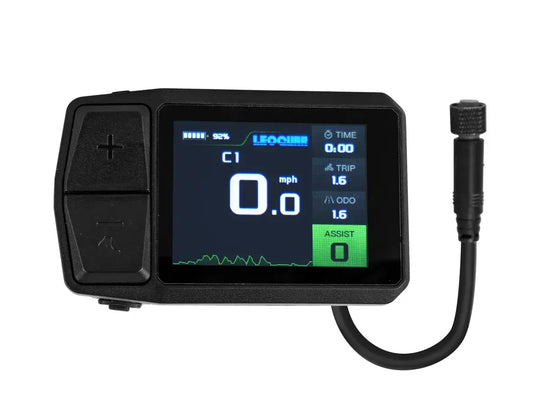
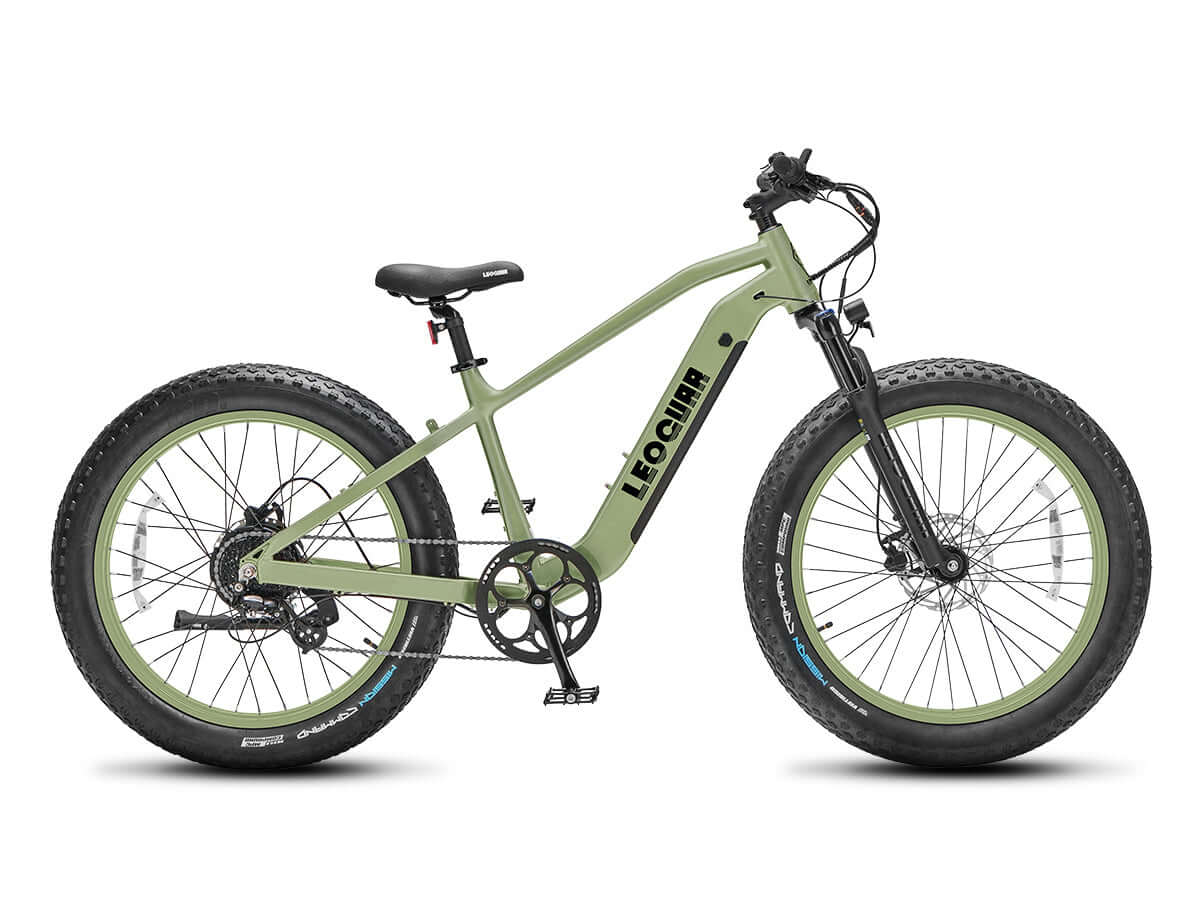








Leave a comment